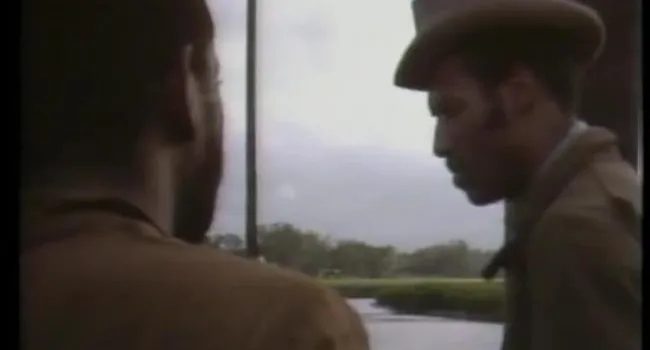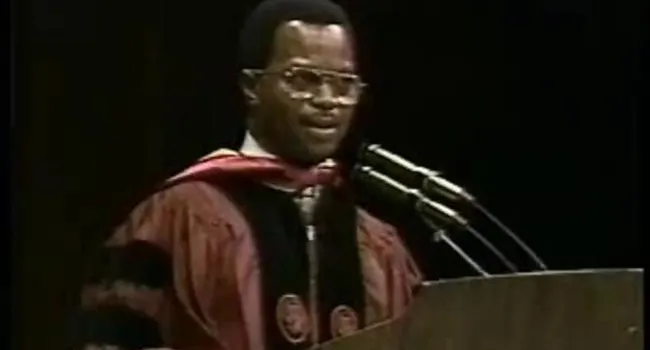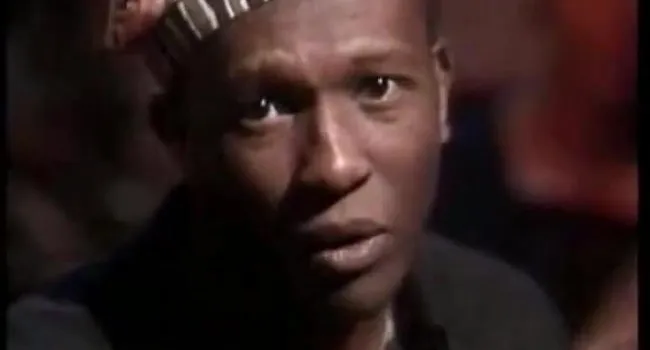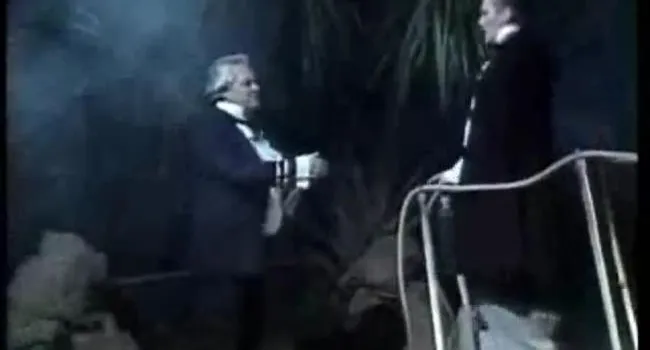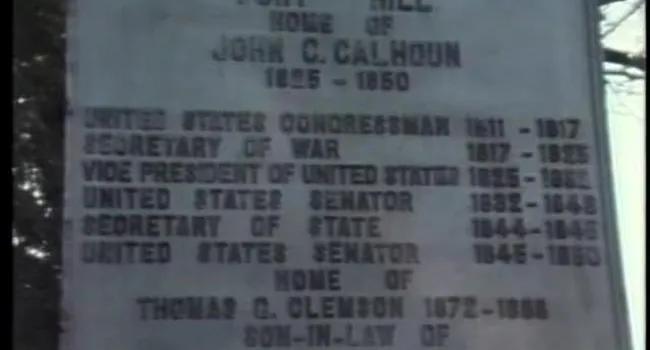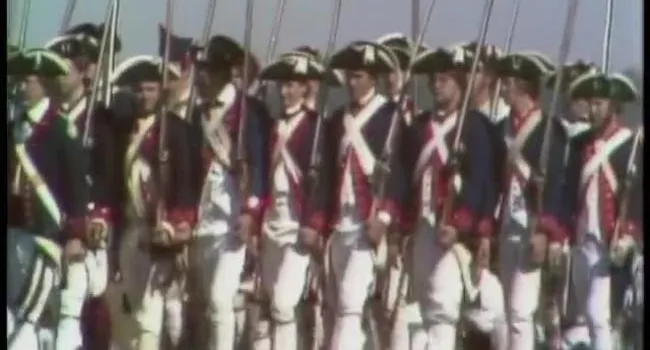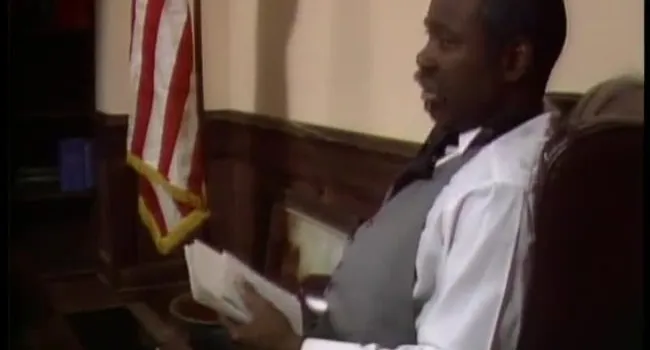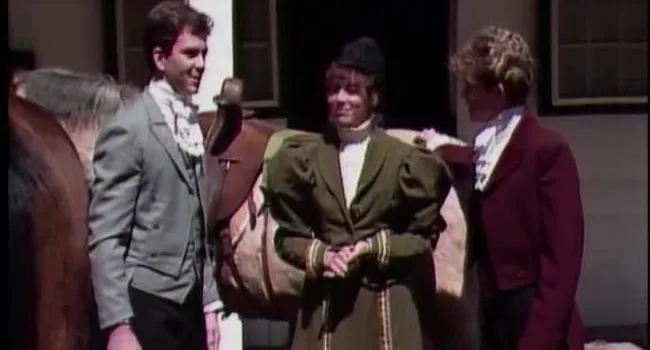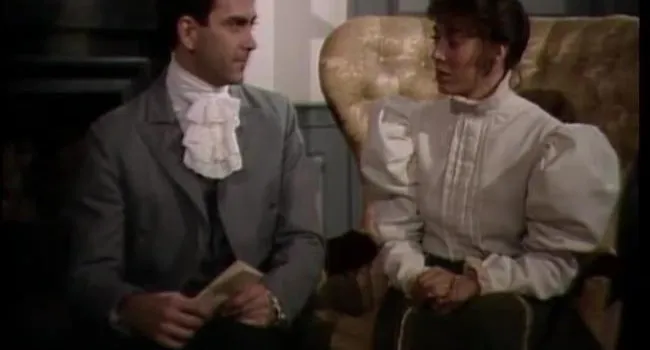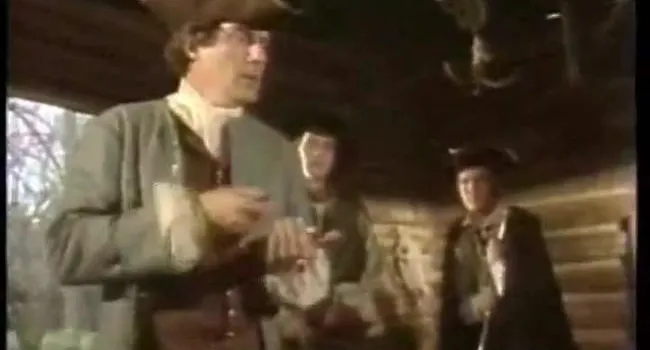This lesson consists of film and videotapes taken from events in Mr. Byrnes' career. We are fortunate in this program that we can actually see and hear Mr. Byrnes himself. The news films were originally shown in movie theaters between features, primarily in the days before television. The videotapes are from television newscasts and documentaries previously done on Mr. Byrnes. These segments are tied together by the host who is at various locations, including Mr. Byrnes' statue on the State House grounds and at the Byrnes' home on Heathwood Circle in Columbia. The Byrnes home was left to the University of South Carolina upon Mrs. Byrnes' death.
The lesson opens with a portion of Billy Graham's eulogy to Mr. Byrnes at the memorial service at the State House in April 1972. Following, is a portion of the CBS-TV program Person-to-Person, hosted by the late newscaster Edward R. Murrow. In this program, telecast in April 1959, Mr. Murrow, in New York, interviews the Byrnes in their Columbia home. Next is a news clip documenting Mr Byrnes' early life. Following this is another news clip on Byrnes' appointment to the United States Supreme Court, then his appointment as Economic Stabilizer, and as Director of War Mobilization.
From there we go back to a Person-to-Person interview where Mr. Byrnes discusses his political philosophy Then there is a news clip showing Byrnes taking the oath of office as Secretary of State, the Potsdam Conference and portions of his speech in Stuttgart, Germany where he reveals the United States' plan for rehabilitating war-torn Germany. This is followed by portions of a speech delivered by then West German Chancellor Helmut Schmidt in Columbia in 1979. Schmidt's prime purpose for coming to Columbia was to honor the memory of Byrnes who he said had done so much for the Germans in the post-war days.
Jimmy Byrnes had little trust in the Soviet government and the next three clips relay these feelings. We then see Byrnes at his inauguration as governor in January 1951. The program ends with his funeral procession entering Trinity Churchyard.








